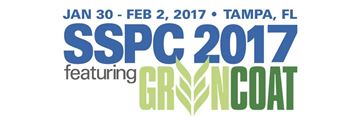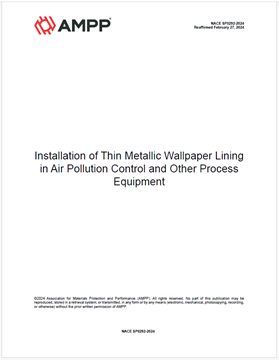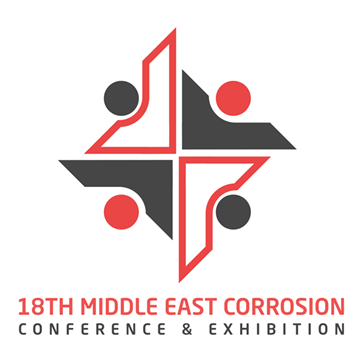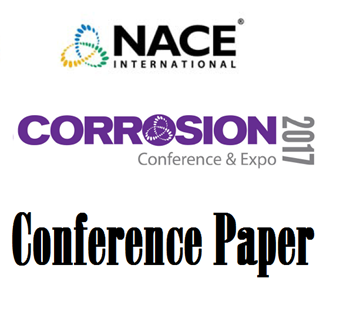Search
Products tagged with 'welding'
View as
Sort by
Display
per page
Effect of Shielding and Backing Gases on Mechanical and Corrosion Properties of Alloy N08935 Welds
Product Number:
51324-20854-SG
Publication Date:
2024
$40.00
Finite Element Study on a Structural Steel Detail Susceptible to Hot-Dip Galvanizing Crackin
Product Number:
51217-086-SG
Publication Date:
2017
$20.00
Important Factors in Pipe Butt Welding of Super Duplex Stainless Steel (SDSS) UNS S32760 Using the GTAW Welding Process
Product Number:
MPWT19-14287
Publication Date:
2019
$0.00
NACE SP0292-2024, Installation of Thin Metallic Wallpaper Lining in Air Pollution Control and Other Process Equipment
Product Number:
NACE SP0292-2024
$109.00
New Super-Austenitic Grade Alloy 35Mo (UNS N08935) with Excellent Corrosion Properties for Refinery and Petrochemical Industry
Product Number:
MECC23-20125-SG
Publication Date:
2023
$20.00
SP0387-2019 Metallurgical and Inspection Requirements for Cast Galvanic Anodes for Offshore Applications
Product Number:
21036-SG
ISBN:
1-57590-081-5
Publication Date:
2019
$109.00
SP0387-HD2014 Metallurgical and Inspection Requirements for Cast Galvanic Anodes for Offshore Applications
Product Number:
21036-HD2014
ISBN:
1-57590-081-5
Publication Date:
2014
$179.00
Specially Developed Welding Consumables for Pipeline Welding Applications
Product Number:
MPWT19-14364
Publication Date:
2019
$0.00
Study On Ferrite Measurement Methods For Duplex Stainless Steel, Part 2: Focus On Measurement By Ferrite Scope
Product Number:
51321-16772-SG
Publication Date:
2021
$20.00
The Validity of Using ASTM A923 Practice for Weld Procedure Qualification of 2507 Duplex SSs
Product Number:
51317--8838-SG
ISBN:
8838 2017 CP
Publication Date:
2017
$20.00
Welding Of CRA With Insufficient Purging Gas Impact On Mechanical Properties And Corrosion Resistance
Product Number:
51321-16615-SG
Publication Date:
2021
$20.00
Welding Procedure Development For A 13Cr-5Ni-2Mo (UNS S41426) Super Martensitic Stainless Steel
Product Number:
51321-16840-SG
Publication Date:
2021
$20.00












